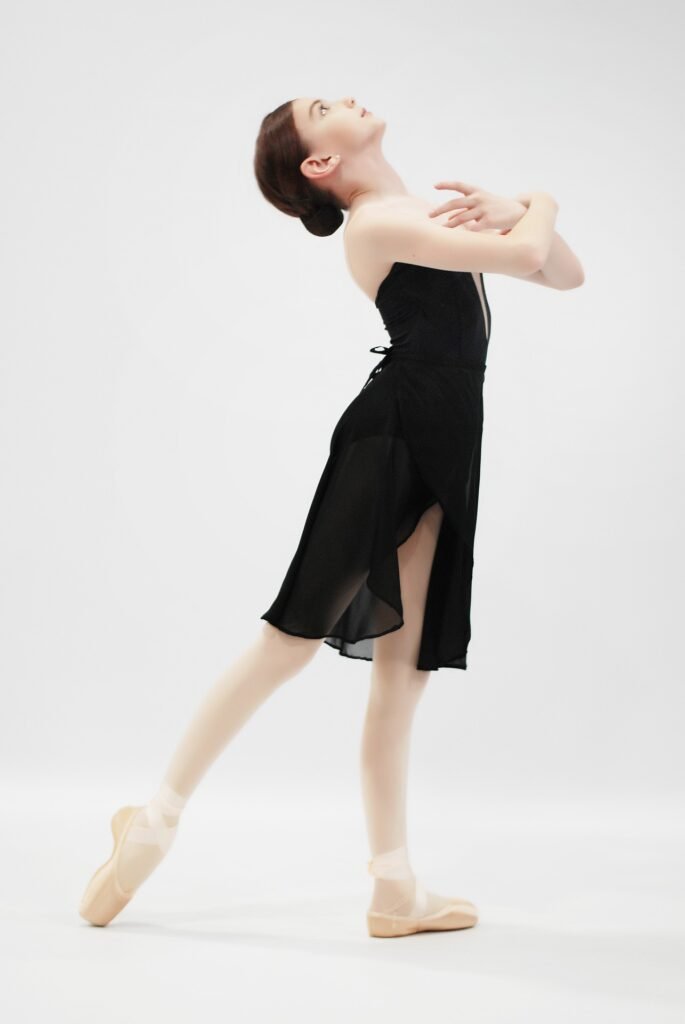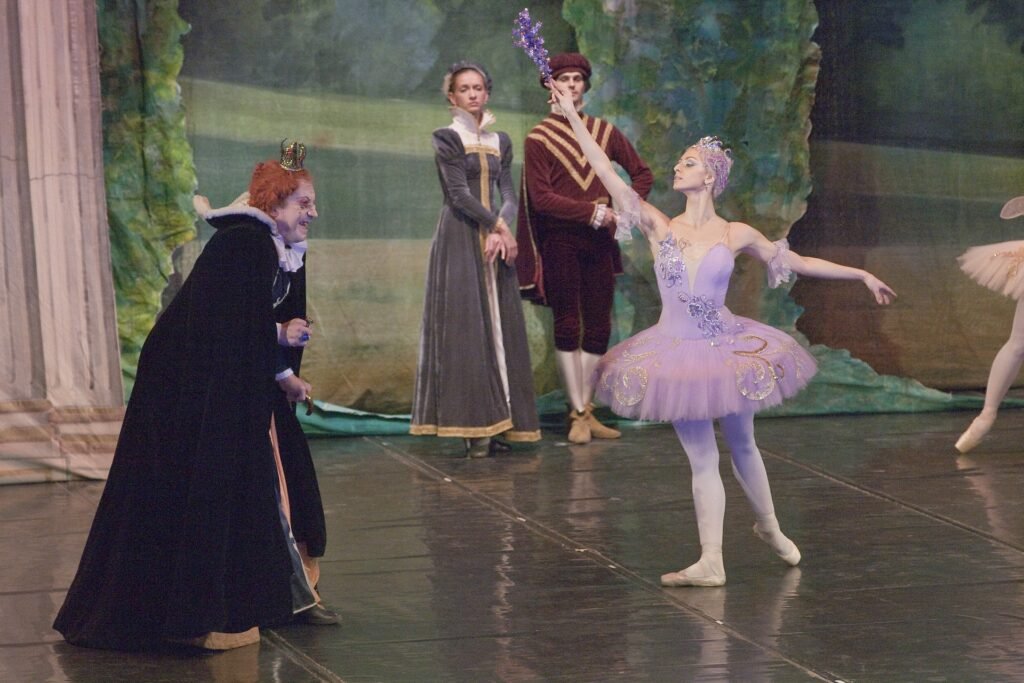How to Do a Battement Tendu Perfectly
How did the Tendu originate? Classical ballet is a technical and codified dance, with a common vocabulary for all dancers all over the world. The movements of the ballet were first encoded in the Paris Opera Ballet. That is why we use French words to describe the ballet step. So, Tendu is a French word that means “stretched”.

Table of Contents
What is the purpose of tendu?
The tendu serves to strengthen legs, making a move from the hip and keeping the knee straight. Also, it’s the basis for more movements that require stretching the knees.
It also serves to work the balance on the supporting leg, which will then allow more complex movements. So, when you have stretched your tips as you are doing the tendu, you should be able to lift your foot off the ground without losing your balance!
To sum up, this movement is the basis of all dance. They stretch and strengthen the muscles, force the insteps well outwards and enable you to slide out and return your foot in the same straight line.. This is why ballet dancers usually do tendus to warm up their legs. But it is also used to train the legs for the activity they must do.

How do you do a battement tendu?
At first, the tendu is done in the first position. Once you get more practice, you can move on to the fifth.
Put your feet in the first or the fifth position and your left hand on the bar. Your left leg supports your weight, so the right leg can move freely. The tendu can be done forward (devant), to the side (a la seconde) or backward (derriere).
Devant (front)
The right leg slides forwards, without separating the tips of your toes from the ground. Perform this movement from your heel, as if you were spreading butter with your foot.
Once you have fully stretched your foot and instep, and you are touching the floor only with the tip of your toes, return your leg to its place by the same path. When returning, perform the movement from your fingers, trying to achieve as turnout as possible.
Take care that your foot is always returned completely to the fifth position and not halfway as in the third position.
A la seconde
The right leg slides to the right side, without separating the tips of your toes from the ground. Your right leg should draw a straight line that continues the line of the left leg that is turn out. Once you have fully stretched your foot and instep, and you are touching the floor only with the tip of your toes, return your leg to its place by the same path.
Derriere (back)
The right leg slides backwards, without separating the tips of your toes from the ground. Perform the movement from your fingers as if you were spreading butter with your foot.
Once you have fully stretched your foot and instep, and you are touching the floor only with the tip of your toes, return your leg to its place by the same path. When returning, perform the movement from the heel, trying to achieve as turnout as possible.
In all cases, relax your shoulders. Also, contract your butt muscles to develop your hip turnout. Last but not least, remember to keep your knees straight and press the tip of your toes strongly. So, your instep is forced well outwards.





